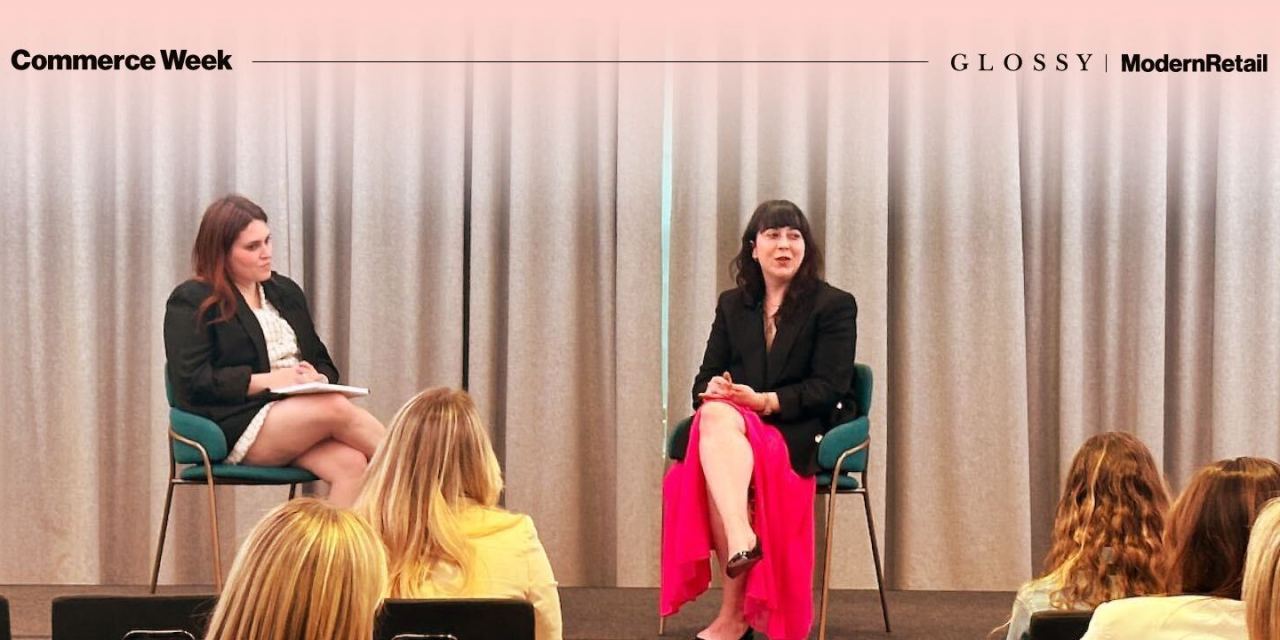How fashion and beauty brands are keeping their top customers

This story was originally published on Modern Retail’s sibling site, Glossy.
At the Glossy E-Commerce Forum in Manhattan on Monday, representatives from brands across fashion and beauty came together to talk about some of the biggest e-commerce trends and challenges impacting their businesses today. Of the many topics under discussion, the best way to serve the high end of a brand’s audience was called out as a top concern.
During an economic downturn, brands often rely on their most loyal and regular customers. We’ve written before about the importance of prioritizing the LTV of existing customers over burning cash to acquire new customers. At the forum, Heather Kaminetsky, North American president of the luxury e-commerce retailer Mytheresa, spoke about how the company caters to the top 3% of its audience who shop every week.
The key, Kaminetsky said, has been through Mytheresa’s personal shopper program. Personal shoppers offer top customers value like first access to newly released products days before the rest of Mytheresa’s audience gets a chance to shop.
“New arrivals sell out all the time,” Kaminetsky said. “We don’t have a loyalty program, but we have personal shoppers that serve a similar purpose. If you have a personal shopper with us, we have a service called Memo, where you can try before you buy. Our top clients really love it.”
Kaminetsky also said that limiting Memo only to top clients helps mitigate the costs of shipping products across the world that may not be purchased. Mytheresa knows those customers well and has all their sizing information and style preferences, so returns are uncommon.
“If you order something to New York, it comes in two days. To the West Coast, it’s three,” Kaminetsky said. “We don’t have a warehouse in the U.S. just yet, but we will.”
As for acquiring new customers, multiple attendees told Glossy that traditional methods like buying ads through platforms like Meta have continued to be prohibitively expensive. That can be particularly true for more expensive products, where the initial commitment to try a brand for the first time has a higher price barrier to entry. Shira Sue Carmie, CEO of Altuzzara, said it costs her brand, on average, $300 to bring in a new customer to buy a $1,000 dress.
One way luxury customers are trying out new brands is through resale. Samina Virk, CEO of Americas for the resale company Vestiaire Collective, said 62% of surveyed Vestiaire Collective customers said they were introduced to a luxury brand for the first time through resale. Over half of those customers then said they would buy the brand again new.
“Accessibility and access to new brands has always been a major driver for resale sales,” Virk said.
This is a good reason for brands to partner with resale companies, and Kaminetsky called out Vestiaire Collective as a company Mytheresa partners with explicitly for just that reason.
“We don’t do resale ourselves, but we work with Vestiaire Collective,” Kaminetsky said. “We don’t think of it as a threat to our core business at all.”
Town Hall
From TikTok virality to working with influencers big and small to dealing with retailer demands, forum attendees discussed these challenges openly, sharing ideas and potential solutions. Here are a few quotes from the town hall section of the forum, with attendee names removed for anonymity.
On retail
“Producing for wholesale retailers is really challenging. They want to see line sheets eight months or a year in advance, which we can’t always provide. It’s a lot easier to manage the business operationally when we can do it on our own calendar. When there are delays in production, we can manage it ourselves without risking losing a deal.”
On influencers
“We work with mega influencers for reach and micro-influencers for engagement. There’s a lot of manually going through talent and finding small influencers who are the right fit. The challenge is sometimes figuring out what’s the right data we should be looking at to make those decisions.”
On whitelisting and virality
“Micro influencing is huge, but how do you get reach with that? You can’t rely on virality. It’s great when it happens, but hard to predict. One thing you can do is whitelist influencers. [Whitelisting is when an influencer grants permission to a brand to advertise through the influencer’s social handle.] You work with influencers, find the ones that work best with your brand, whitelist them and try to scale that up. It’s almost like controllable virality.”
“The downside of whitelisting is the licensing issues. When influencers give you rights for three months, for example, you have to be really sure you stay on top of it and don’t go over the contract. That can incur huge fines. We only really do it with top, top talent — people who are already like brand ambassadors for us. That makes it a lot simpler.”

